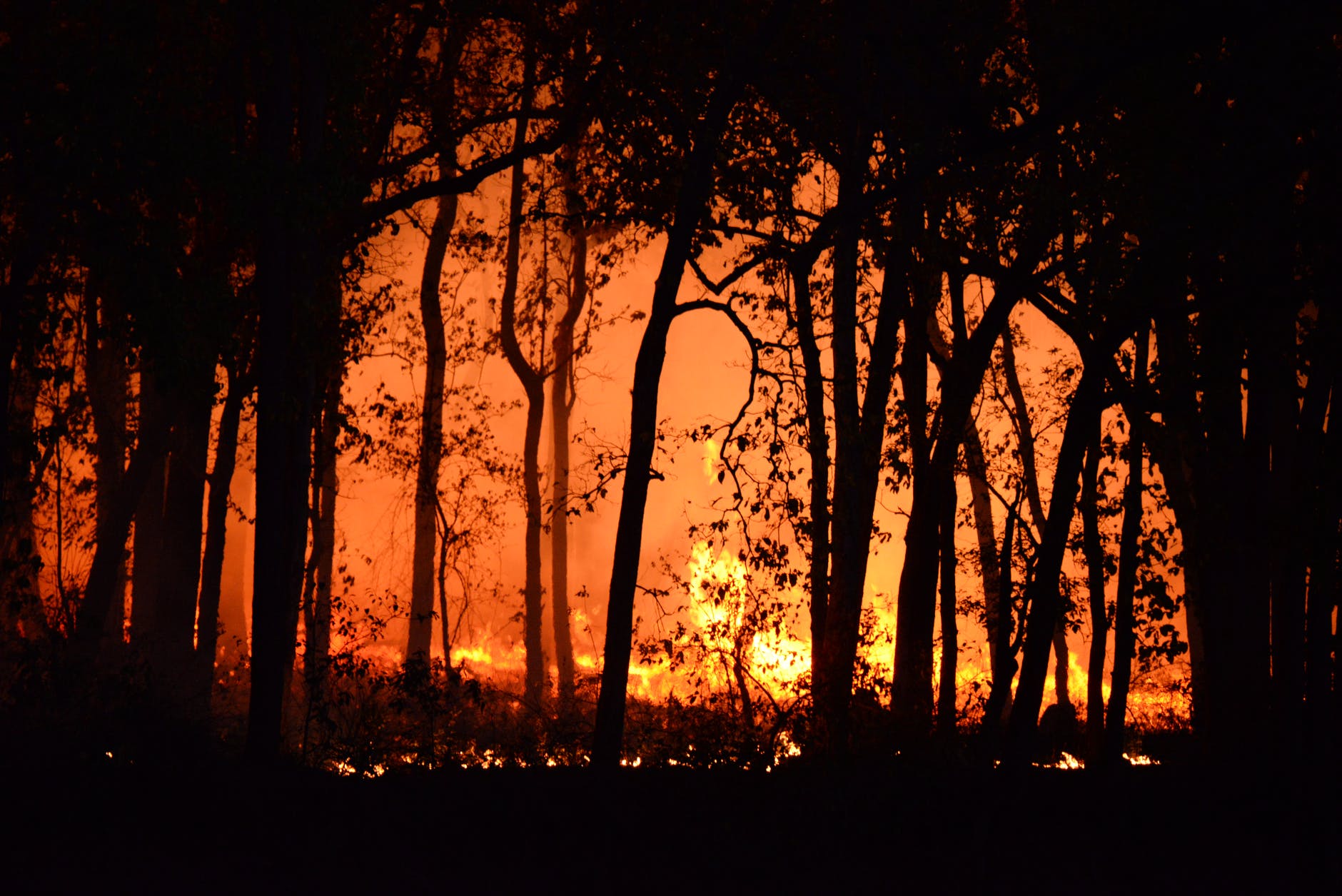
Wellbeing and decision-making during recovery from disasters such as Australia's summer bushfires and the coronavirus (COVID-19) pandemic are supported by a new researched-backed resource.
The Guide to Post-Disaster Recovery Capitals (ReCap) is a guide for people, organisations and governments managing emergency recovery. It aims to support wellbeing after disasters by providing evidence-based guidance to aid decision making.
The guide identifies seven areas of recovery – natural, social, financial, cultural, political, built and human – and emphasises the interconnectedness between them. It is targeted, practical and engaging, and can be applied to any type of emergency, large or small.
The ReCap guide was developed by researchers at the University of Melbourne and Massey University in partnership with Australian Red Cross, the Bushfire and Natural Hazards Cooperative Research Centre, emergency management agencies and other partners across Australia and Aotearoa New Zealand.
Led by University of Melbourne disaster resilience researchers Professor Lisa Gibbs and Phoebe Quinn, the guide's Australian version also considers the particular experiences of Aboriginal and Torres Strait Islander peoples in disasters and recovery. A version tailored to Aotearoa New Zealand is being developed.
Professor Gibbs said the guide had been released early in response to multiple disasters affecting all aspects of life across Australia.
"Given the multiple disasters Australians have been dealing with, it is really challenging to know how to manage all of the complex impacts on people's lives," Professor Gibbs said.
"While different types of disasters have different practical consequences, the human impacts are similar, so we can draw on the evidence to guide how we support recovery.
"This guide pulls together evidence from recent disasters in Australia, Aotearoa New Zealand and internationally to provide clear messages about key things to consider in relation to the social, financial, cultural, political, built, human and natural environment factors in recovery."
Ms Quinn said the guide aimed to reflect diversity and issues of equity in disaster resilience and recovery.
"Disasters can reveal, deepen and create new inequities, and recovery looks different for different people," Ms Quinn said.
"The guide highlights these issues, but more research is needed particularly in relation to the perspectives and experiences of Aboriginal and Torres Strait Islander peoples."
John Richardson, National Resilience Advisor at the Australian Red Cross, said the guide was a welcome disaster support tool for emergency managers across Australia.
"Recovery planning has long been based on intuitive decisions, but research over the past decade has enabled more evidence informed decision making," Mr Richardson said.
"Yet despite best efforts of recovery managers around the country, often key recovery decisions focus on rebuilding or infrastructure and overlook social and cultural aspects of recovery.
"This research and the supporting resources enable us, as decision makers, programmers, and practitioners, to make decisions understanding the complexity of recovery, reducing the potential for unintended consequences from decisions taken without the full picture."
The ReCap guide is being piloted and researchers are welcoming feedback from users to help improve its usefulness.
This guide is the first in a series of resources that will be developed for different audiences in different formats, depending on user needs. This will include online and hard copy formats, evidence summaries, cases studies and podcasts.






